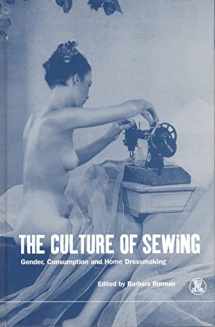
The Culture of Sewing: Gender, Consumption and Home Dressmaking (Dress, Body, Culture)
Book details
Summary
Description
Throughout its long history, home dressmaking has been a formative experience in the lives of millions of women. In an age of relative affluence and mass production, it is easy to forget that just over a generation ago, young girls from middle- and working-class backgrounds were routinely taught to sew as a practical necessity. However, not only have the skills involved in home dressmaking been overlooked and marginalized due to their association with women and the home, but the impact home dressmaking had on women's lives and broader socioeconomic structures also has been largely ignored. This book is the first serious account of the significance of home dressmaking as a form of European and American material culture. Exploring themes from the last two hundred years to the present, including gender, technology, consumption and visual representation, contributors show how home dressmakers negotiated and experienced developments to meet a wide variety of needs and aspirations. Not merely passive consumers, home dressmakers have been active producers within family economies. They have been individuals with complex agendas expressed through their roles as wives, mothers and workers in their own right and shaped by ideologies of femininity and class.This book represents a vital contribution to women's studies, the history of fashion and dress, design history, material culture, sociology and anthropology.


We would LOVE it if you could help us and other readers by reviewing the book
Book review



